Dactyloceras lucina
Drury, 1782
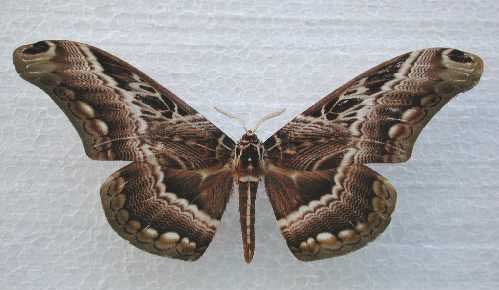

Dactyloceras lucina flies at lower elevations in Cameroon, Gabon, Sierra Leone, Ghana and Central African Republic, Africa. There is considerable variation among specimens.
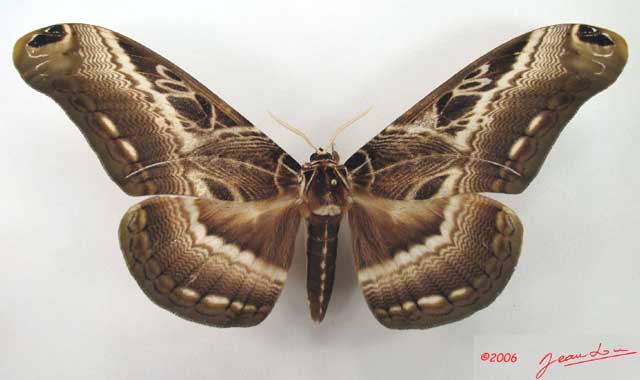
Dactyloceras lucina, Franceville, Gabon,
wingspan: 149mm, October 16, courtesy of Jean-Louis Albert.
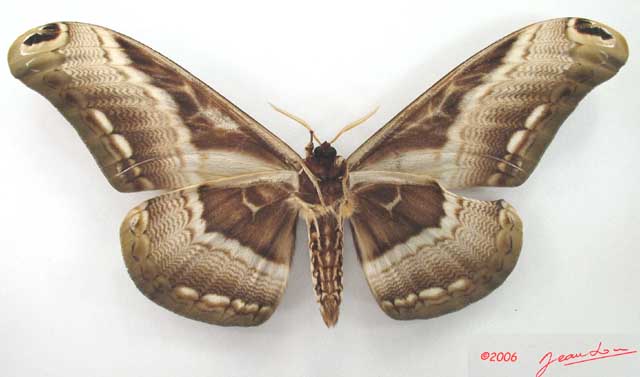
Dactyloceras lucina verso, Franceville, Gabon,
wingspan: 149mm, October 16, courtesy of Jean-Louis Albert.
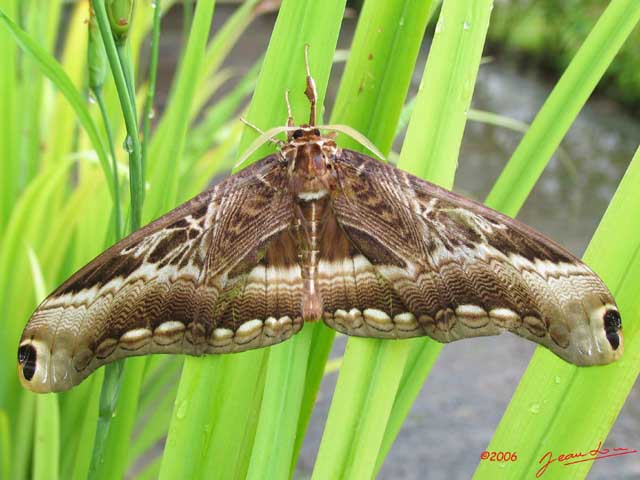
Dactyloceras lucina, Franceville, Gabon, October, courtesy of Jean-Louis Albert.
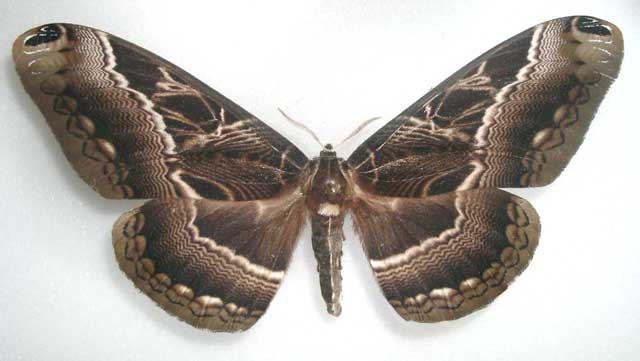
Dactyloceras lucina female, Elone, Cameroon,
October,
courtesy of Sebastian Brandner, identification by Thierry Bouyer.
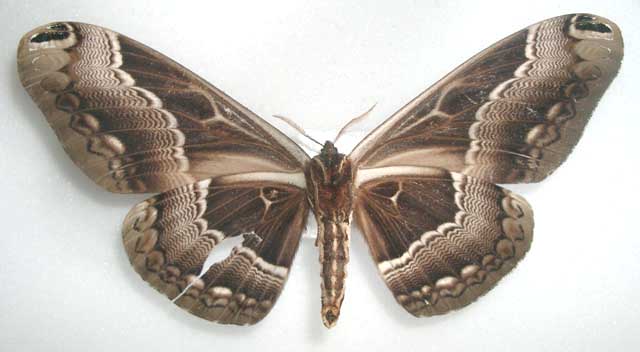
Dactyloceras lucina female (verso), Elone, Cameroon,
October,
courtesy of Sebastian Brandner, identification by Thierry Bouyer.
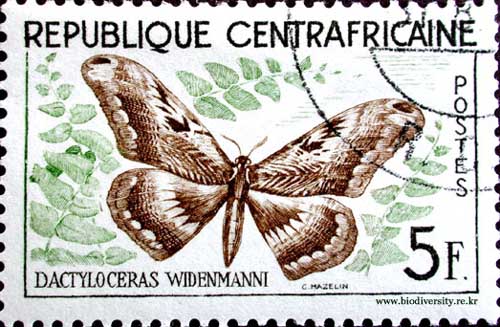
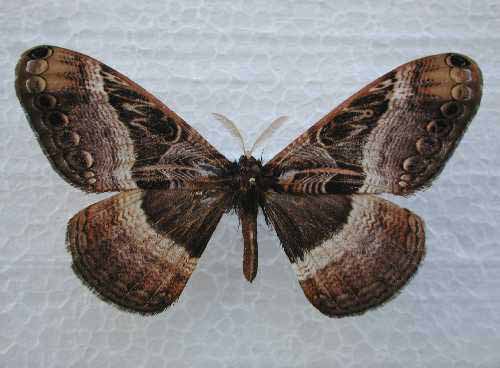
Dactyloceras widenmanni from Tanzania.
D. lucina always clearly shows the wavy lines in dorsal and ventral view, and even if some specimens exhibit them somewhat reduced in parts of the wing, no complete or major reduction was found.
In D. nebulosa the marginal part of the wing shows a bright light grayish brown area, getting gradually darker on the lower part of the forewing and on the hindwing; the central white marking is not bordered by a small dark line combined with a brighter zone of whitish ground coloring as in D. lucina.
The male genitalia of D. nebulosa are quite similar to those of D. lucina. Typical is a deeply bifid uncus with a lot of bristles, the transtilla is enlarged to a prominent lobe which is bifid dorsally. The sacculus of the valva is prominent, the internal ventral process has two small spines on its top, the dorsal lobe again with a lot of bristles. The aedeagus is long, tall, with the vesica emerging dorsally which has a small sclerotization medially.
Small differences to D. lucina are the less deep furcation of the uncus and the slightly more slender dorsal parts of the valva in this species. Due to the genitalia morphology D. nebulosa most likely may be closely related to D. lucina.
Return to Dactyloceras Index
Return to Main Brahmaeidae Index